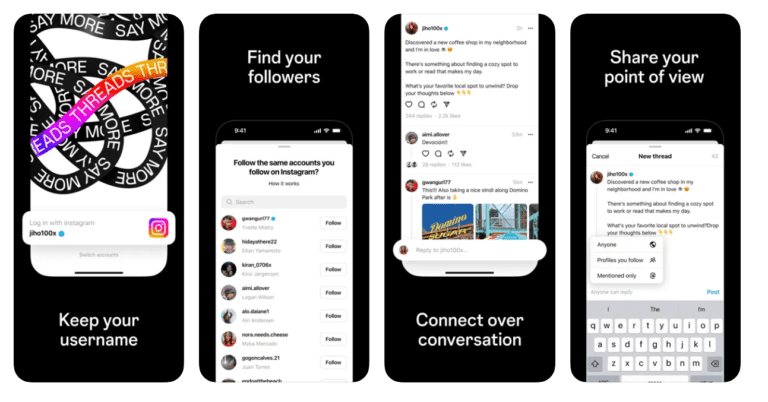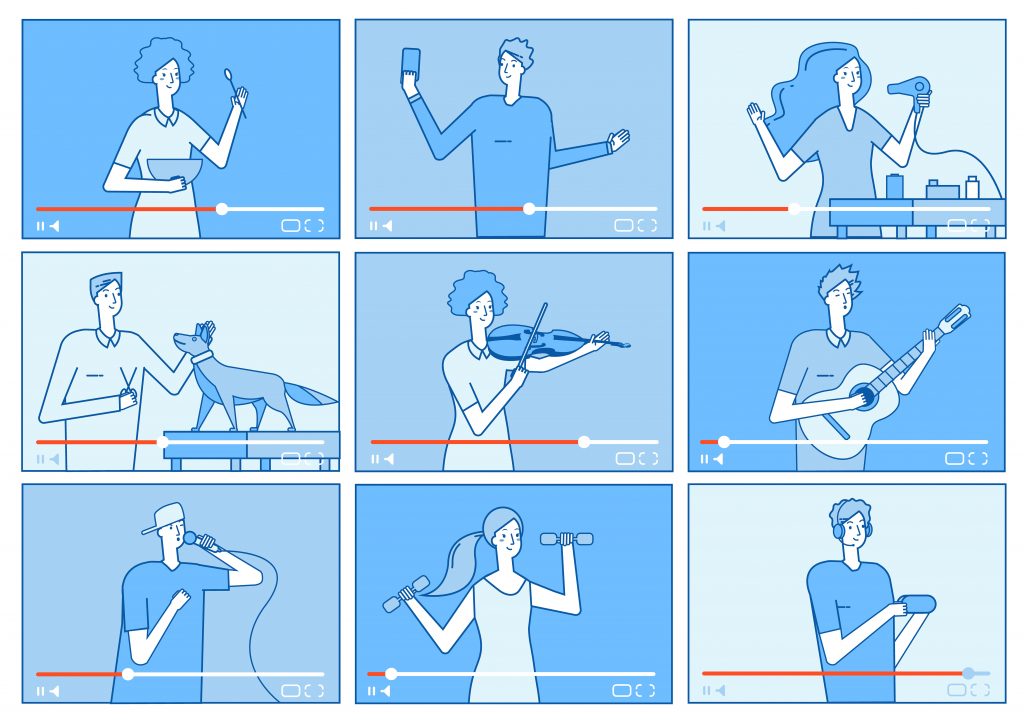
Do you have a favorite restaurant? Are you a fan of a particular mobile device? Do you have a profile on your favorite social media apps?
Although different, all of these things, have something in common— They are all brands.
Branding Definition
Branding is the process of establishing a recognizable identity of a business, with the intention to effectively communicate the purpose of that business to its consumers.
The ultimate goal of branding is to connect with customers and become a part of their lifestyle. It’s about creating a unique experience that is different from the other brands on the market. It is closely related to strategy and marketing.
Branding Elements
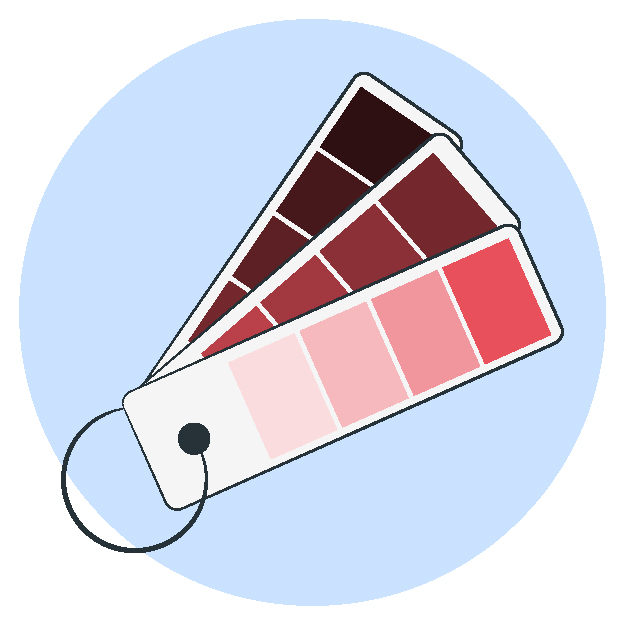
Several elements form a brand, and they all fit together like a puzzle. Here are some common elements that all brands have:
1. Logo
McDonald’s does it with fries, Starbucks does it with mermaids, and Nike does it with a swoosh. Logos are a way for brands to mark their territory, to tag their content, and their products.
2. Brand Colors
It is proven many times over, that colors and different tones affect our mood, our decisions, and even our perception of products and brands.
3. Typography
Typography includes all the fonts that you use and the way that your text is stylized. Some brands, like Facebook or Coca Cola, do not have a logo, and instead, they use typography to express their visual identity.
4. Brand Voice
Your audience needs to know and understand who you are, to connect with you. An interesting story always hides behind the brand, and if you have one you should tell it to the world.
5. Mission and Vision
The mission part outlines your purpose, and who you are. Think of it as a description of what you do, and what your brand stands for.
The vision part defines your aim for the future. It is everything that you’re working towards and all the goals you’re trying to achieve.
6. Value Proposition
Think of the result that people will experience when they use your product or service. There are many products that can produce a similar result, so the most successful brands are the ones that stand out from the crowd as the best solution.
7. Unique Branding Elements
Of course, each brand is unique and the elements depend on the strategy and positioning of that brand. A unique visual identity can make your brand more memorable. There are many ways that a brand can express its identity through visuals, storytelling, and other tactics.
Branding Guidelines
Taking on an important project, such as building a brand, requires a framework that will serve as a support system.
This is where the powers of branding guidelines come in to save the day. Strong guidelines provide a clear direction and contribute to a system of quality control for everything that relates to your brand.

The guidelines that you design for your brand should hold answers to important questions about the purpose and core identity of the organization.
Here are a few ideas on how you can document your guidelines:
- Create a style guide that shows how brand visuals are used.
- Make a do’s and don’ts list to outline rules that everyone should follow.
- Put together a gallery with examples of your work.
- Create a brand identity sheet where you describe your vision, along with social bios, taglines, websites, and so on.
Brand Audience
Understanding the target audience for your brand is essential because these are the people that you’ll be speaking to. The internet is a place where everyone hangs out, and you’re trying to find and connect with the people that are right for you.
Determine who you’re doing this for. You can do that by researching, or you can get in touch with people that you think are the right fit for you.
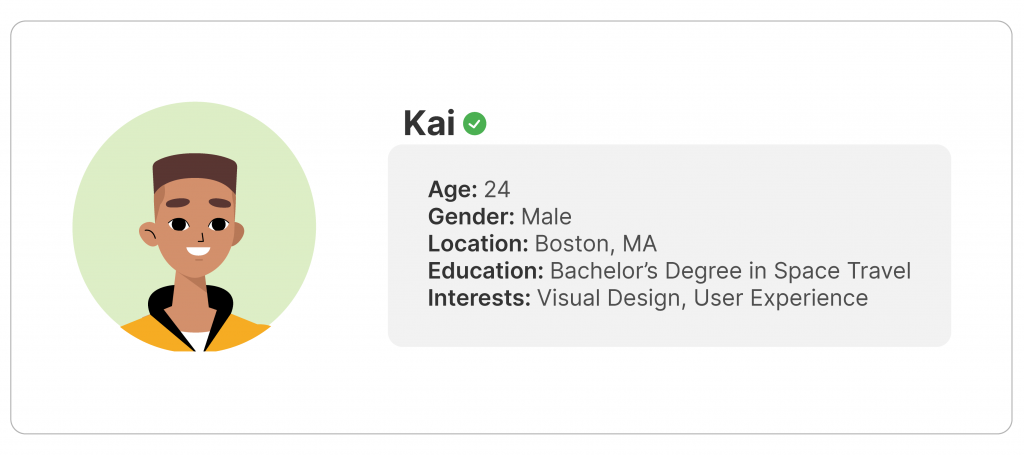
First, narrow down their demographic characteristics such as age, location, income, education, job title, gender, or anything else that will be useful to know ahead.
Then you can go a step further and think about their lifestyle and how you fit into their daily life. Here are some questions you need to answer:
- How does a typical day for your target audience look like?
- Type of activities do they enjoy in their free time?
- The goals they want to achieve?
- What are some problems they face on their journey?
- What is something they need to make life better?
Create a picture of how they spend their time and attention during the day. That will make it easier to find a place for your brand in their lives.
Brand Strategy
You need to experiment with different types of marketing techniques to find what works best for your brand and audience.
- How to reach them at different moments
- The way you present your brand to them
- How to market to them
- Ways to hook them and keep their attention
- How to reach a high conversion rate

Brand Platforms and Channels
Think about the platforms and channels that you will be using and how they are connected.
Platforms are the foundation on which you can build your brand presence, such as the web, phone apps, social media, and gadgets.
Channels serve as a more direct means of communication and include email, advertising, search engines, chatbots, phone, and more.
Brand Website
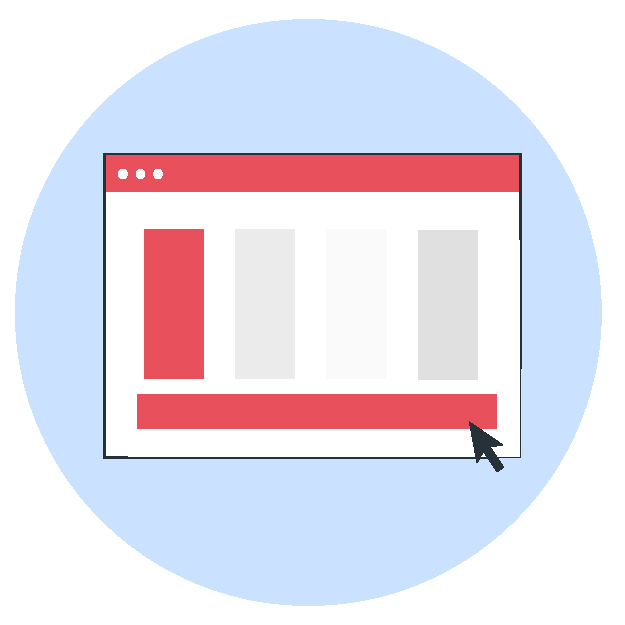
No matter how they get introduced to your brand, consumers are likely to end up at the brand website for a final valuation.
It’s the only place where they can get a better feel of the entirety of what your brand has to offer. It is the place that will ultimately make them sway one way or another.
That makes your site an essential digital space for both your and the consumer side of things.
The ideal website helps you as a brand to leverage the power of design, psychology, and technology. At the same time, it provides an amazing experience to the consumer.
It isn’t just about you stating your side of things and waiting for people to resonate with your message. It’s about practicing empathy and design thinking to create a system that serves both you and the consumer.
Brand Business Model
One of the goals of your brand is to monetize your work in some way and provide sustainability. You need to earn money so you can support yourself and stay creating what you love.
Many digital brands can move into more than one direction, and you can always mix and combine different business models.
The way you monetize your work should make sense for your audience. For example, if people follow you for fitness advice, they expect you to be affiliated with fitness products or services.

Here are ways that you can monetize your brand:
- Affiliate promotions
- Brand deals and collaborations
- Placing advertisements on your content
- Offering digital information products
- Selling physical products
- Consulting and coaching people
- Creating a subscription-based offer
How to Build and Launch a Digital Brand (15 Steps)
You have an idea about this great thing you want to create. As you think about it more, it sounds great, and you want to bring it to life. Follow these steps to get started.
- Choose a suitable name for your brand.
- Define your brand purpose, mission, and vision.
- Choose your brand colors, to showcase your style.
- Design a brand logo to introduce your business.
- Stylize your visual identity to become easily recognizable.
- Create target customer profiles to describe your ideal customer.
- Create a map of the customer journey to identify relevant stages.
- Choose a business or monetization model for your brand.
- Research the market to discover opportunities.
- Think about competitors and brand positioning.
- Create an engaging website for your brand.
- Add social media profiles for your brand.
- Start creating brand content to attract an audience.
- Run marketing campaigns and promotions to increase brand awareness.
- Measure branding strategy performance and adjust when needed

